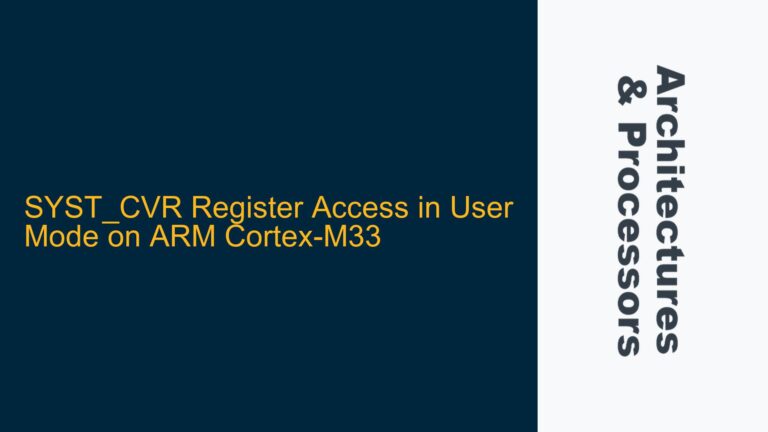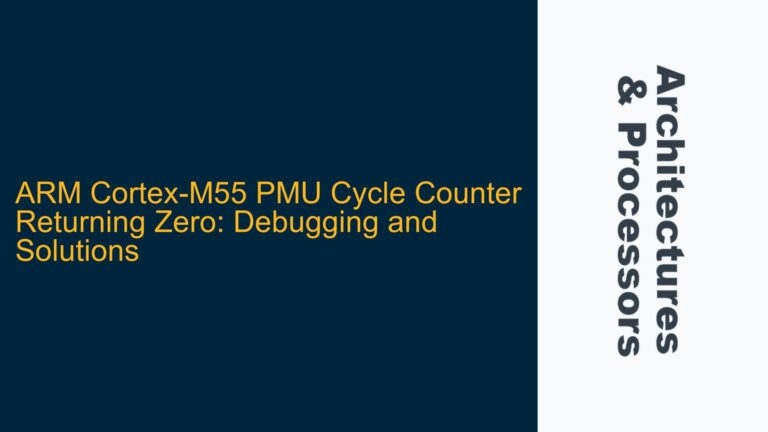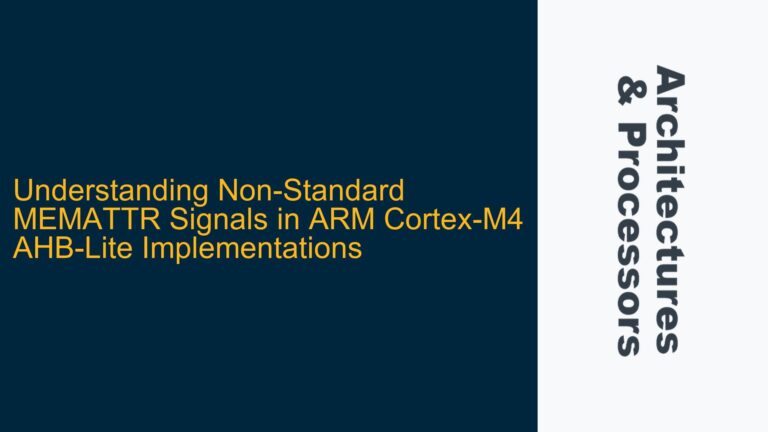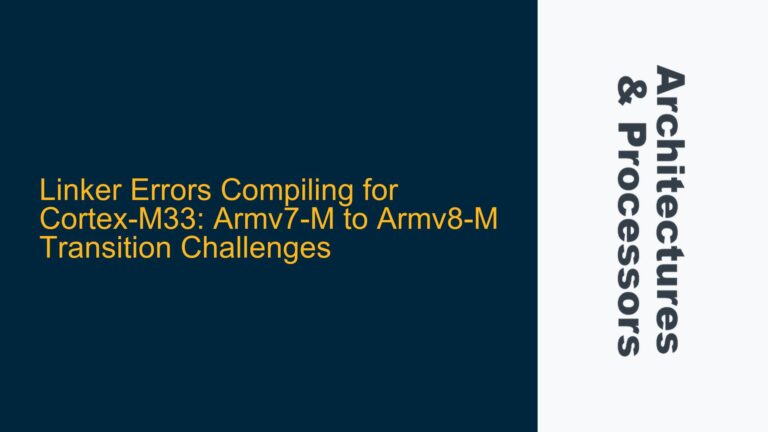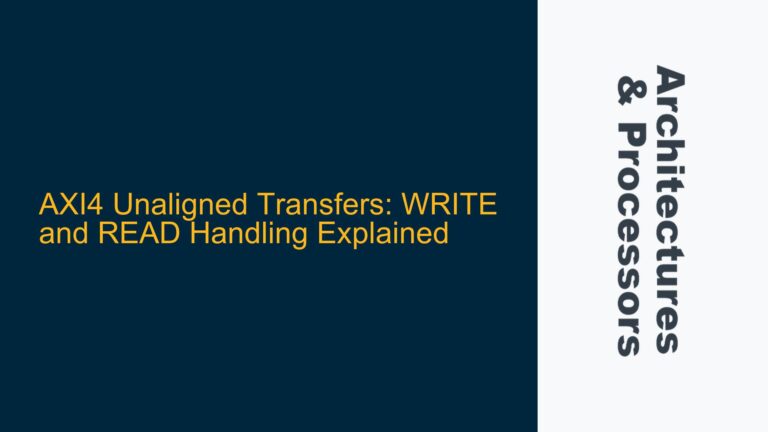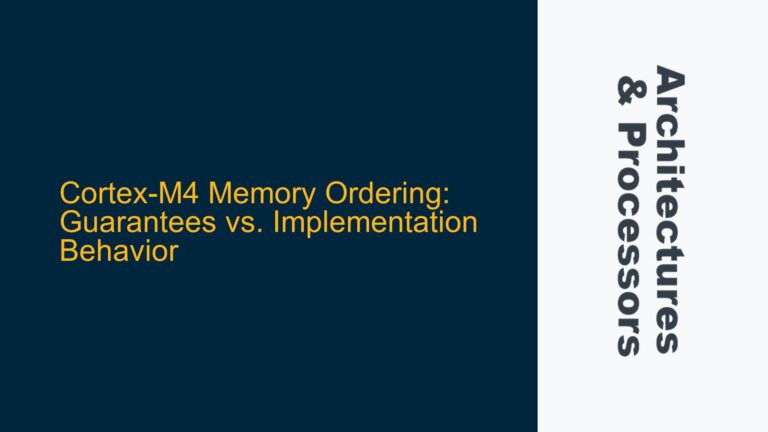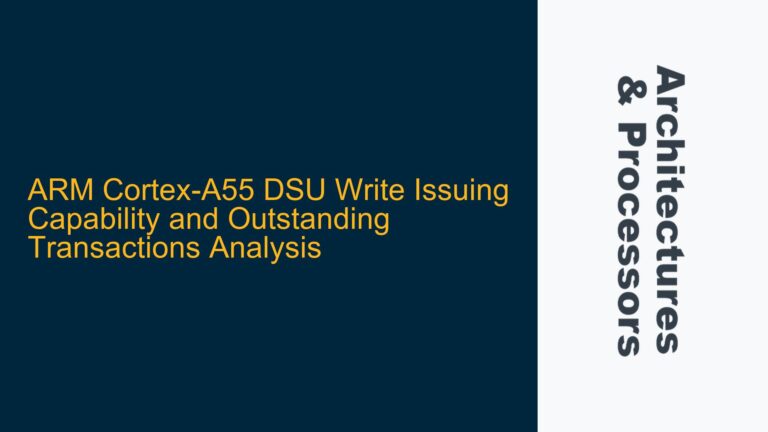SYST_CVR Register Access in User Mode on ARM Cortex-M33
SYST_CVR Register Access Violation in User Mode on ARM Cortex-M33 The ARM Cortex-M33 processor, part of the ARMv8-M architecture, is designed with a robust security model that includes privilege levels to separate user code from system-level operations. One of the key features of this architecture is the ability to restrict access to certain registers and…
